How a castle has been at the forefront of defence from ancient to modern times
Dover Castle sits on top of a hill that overlooks the Strait of Dover, at 21 miles it is the shortest sea crossing between England and the continent.
The strategic location has meant that for the past millennium the castle has been the first line of Britain’s defence against invasion from Europe.
Not only in ancient times, however, as you might expect from a castle - Dover has played a role in the defence of the country right through to the modern day, even playing a part in Britain's nuclear defence.
- Bruce says it's been a privilege as he calls time as Governor of Edinburgh Castle
- The bearskin: Everything you need to know about the iconic ceremonial headwear
- Documents on public display for first time chart Blenheim Palace's place in First World War history
When there is a threat to England – Dover resumes its importance because of its proximity to France and its convenient harbour, that if captured the enemy could use as a bridgehead from where to mount an attack, bringing in further supplies, men and ammunition. Since the Norman Conquest of 1066 the port and consequently the rest of Britain have been successively defended. The reason for that is Dover Castle.
The port of Dover is a tiny crack in the White Cliffs that stretch for miles on either side. At 350 feet high the cliffs form a natural barrier, protecting the southeast coast against attack from the sea. To the west, the closest possible landing ground for an invading force is Romney Marsh. Going east would see the invaders trying to get in through the Thames Estuary which would be very difficult.
![We spoke to Paul Pattison, Senior Historian with the English Heritage. The former architect explained that for the defence of Britain there has not been another castle as important at Dover throughout the ages. He said: “If you're talking about a castle, that that is continually adapted, modified refortified in relation to the defence of the country, then there isn't another one [as important]. The historian was quick to point out that there are equally as impressive castles in Wales such as the UNESCO-de](/sites/default/files/dover_lighthouse.jpg)
Paul Pattison, Senior Historian with the English Heritage and a former architect, explained that for the defence of Britain, there has not been another castle as important at Dover throughout the ages. He said:
“If you're talking about a castle, that that is continually adapted, modified refortified in relation to the defence of the country, then there isn't another one [as important]."
The historian was quick to point out that there are equally as impressive castles in Wales such as the UNESCO-designated Castle of King Edward, as well further north in Edinburgh and Stirling. He said:
“There are great castles all around the country, Kenilworth in the middle of England, Warwick, for instance.
“But in terms of national defence, because Dover is in the position that it is, it's probably the most important castle, you know, for defending England across the centuries. I don't have much doubt about that.
"It's the optimum place for an enemy to take in order to mount a bigger campaign. That's the true significance of the castle."
But why h Dover Castle been integral to the protection of the island from the Iron Age to the Anglo-Saxons, the two World Wars and until this day?
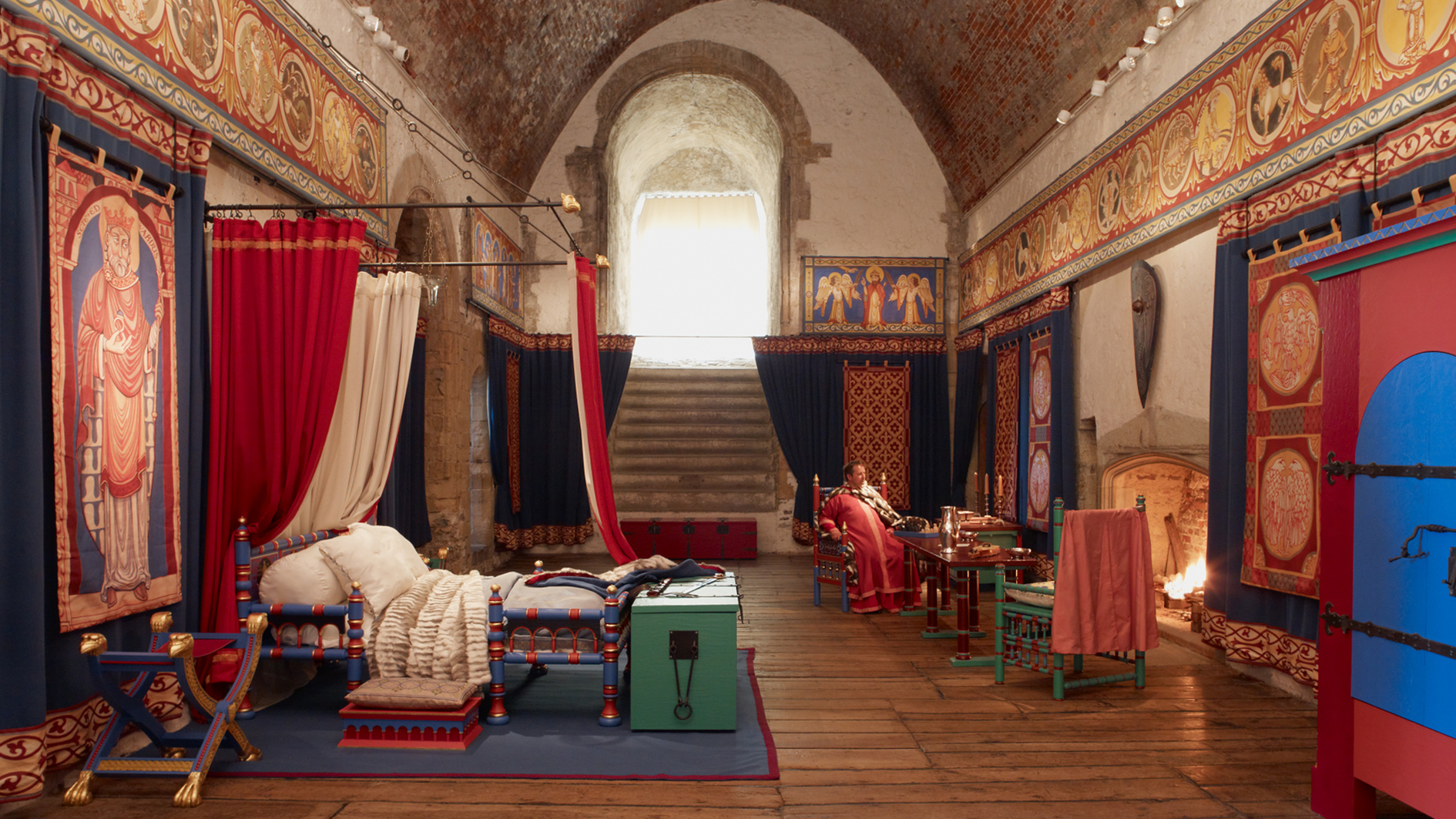
Henry II built much of the castle that we see today in the 1180s. For the next 800 years, the fortress successfully protected England from invasion. Before the towers, the bailey, the walls and the medieval tunnels were constructed, Castle Hill on which Dover castle stands has been a fortification since before the Pre-Roman Iron Age.
Some of the earthworks that we see today may in fact date back to the 1st Century BC, having been part of a hillfort that has survived for 2000 years.
Hillforts in the south of England were built from about 500 BC until the Roman invasion in AD 43. When the Romans arrived on the British shores, they too recognised the strategic importance of Castle Hill, building a lighthouse that survives until this day and a fort that they completed in 130 AD.
Castles as a concept that we understand today originate after the Normans. However, even before the conquest of 1066, the site housed a fortified Anglo-Saxon settlement. Archaeological excavations in 1962 unearthed a cemetery nearby which indicated that a community lived nearby. Known as a burh, this type of fortification protected against raids and invasions. This indicated that Castle Hill has been continually used for military purposes for the past two millenniums.
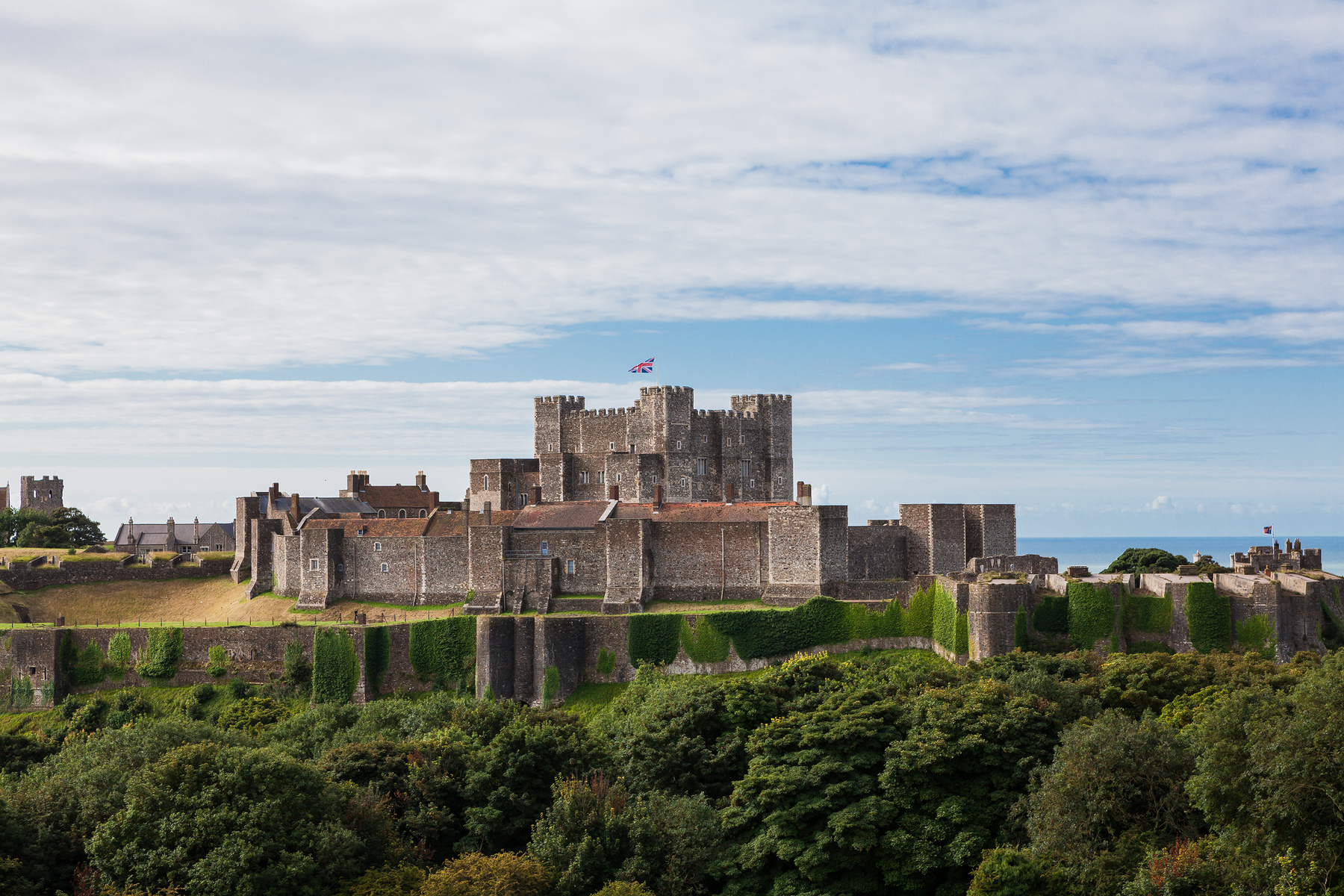
In the conquest of England William I started with Dover Caste
One of the first things that William the Conqueror did after the Battle of Hastings when he started to take control of England, was to secure the fortification at Dover Castle because he who controls Dover controls the rest of the country.
Even at that time, Dover was an important port, a strategic location for him to bring in more men and extra supplies from France. Historians speculate that the castle that was built by the Norman invader was of a temporary nature, like a lot of the early conquest castles were at the time, and it would be partly or wholly rebuilt in stone at a later date.
While William I may have laid the foundation, the true builder of Dover Castle was Henry the Second King of England.
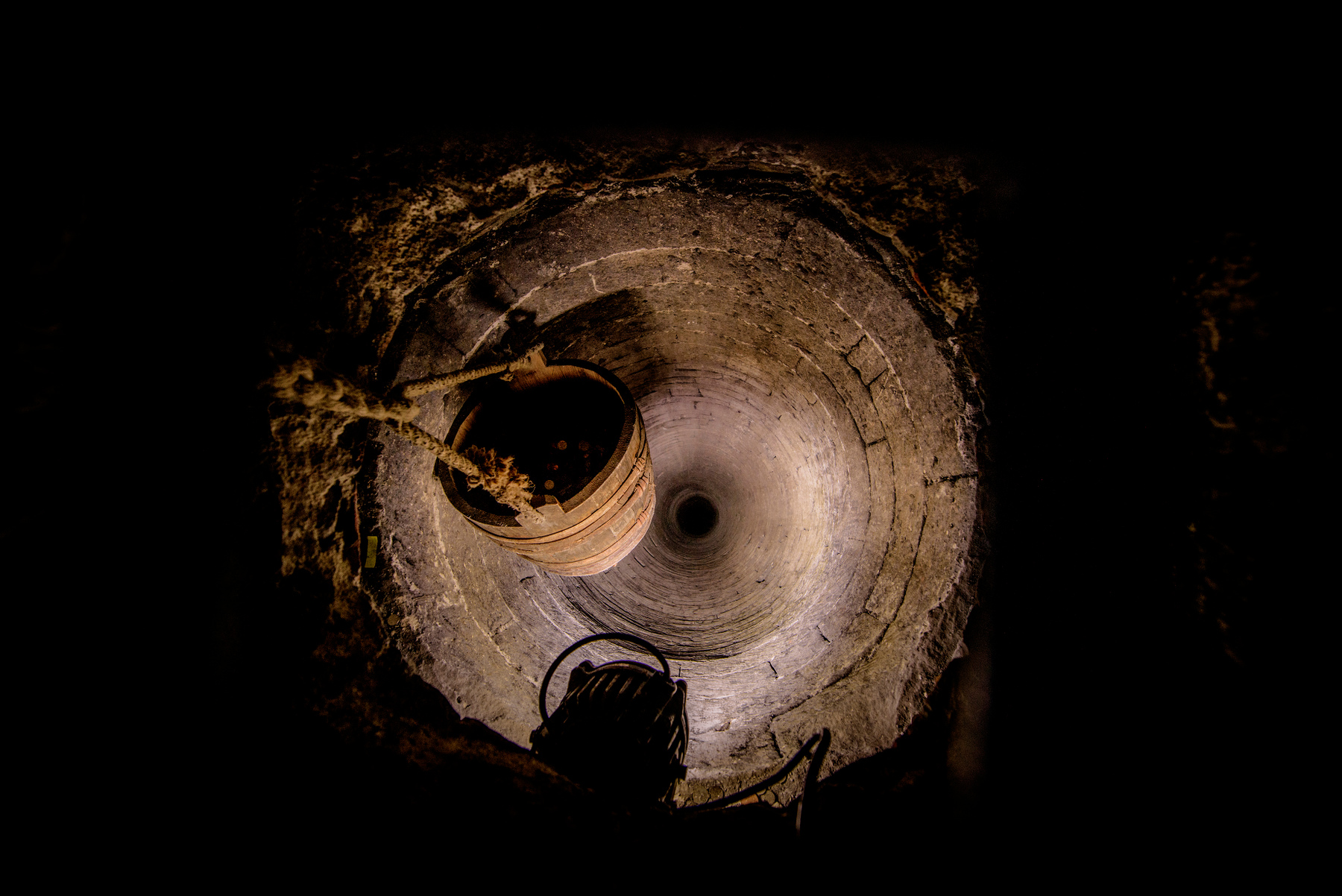
Henry II spared no expense
Henry II started works at Dover about 1179 and continued until his death in 1189. The new pilgrimage path to Thomas Becket's shrine in Canterbury might have been a major motivator for the renovation. With no significant houses in Kent, Henry needed a palatial residence to impress important visitors that he would host on their way to the shrine.
And impress he did! The Castle combined defence needs on the outside with the wow factor of a Royal Palace within its inner walls.
According to Paul, “at that time, it was an incredible undertaking. It was the most advanced castle in England, and probably one of the most advanced castles in Western Europe.
“And the amount of money that he spent on it was truly colossal.”
It paid off and continues to do so until this day, the well-preserved castle and its surrounding tunnels and museums continue to host scores of international tourists and day-trippers. But of course, Henry was not thinking about the families that will come from across the country to visit his castle 800 years into the future. For him, at the time the most important part of his legacy was to secure the port of Dover.
Henry II was King of England, but he was also the overlord of half of what we now know as France. Born in northwest France, he had a lot of territory over there. So, Dover became a kind of ligature, a link between his territory is on both sides of the English Channel. According to Mr Pattison, “it’s the true significance of the medieval castle of Dover.”
The ligature between England and the rest of the continent may have served Henry’s interests because he ruled over territories on both sides of the English Channel, however in the years and conflicts that followed the proximity to France meant that Dover Castle was the first line of both defence and offence.
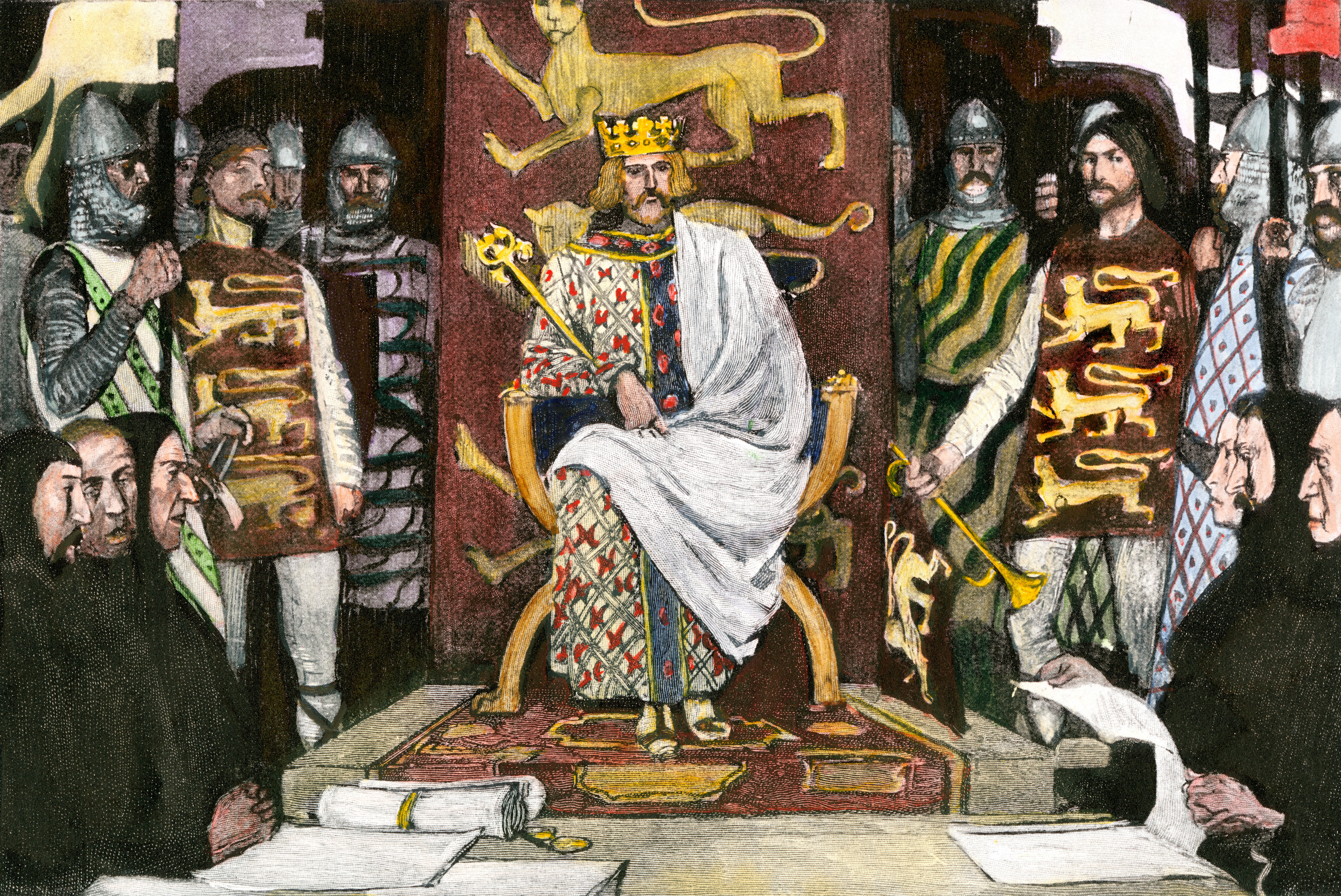
805 years ago a French Prince tried to conquer Dover Castle and failed twice
Today, Magna Carta is celebrated for establishing democratic rule and a legal system based on justice. The document was the first of its kind in England to state that everyone including the monarch had to share power and obey the law. As one of the world’s most important pieces of parchment paper, the Magna Carta paved the way to a more egalitarian way of life that we enjoy today. However, the time that it was draw up was a violently tumultuous period in British history.
King John, believed to have been one of the worst monarchs in British history, was forced to sign the Magna Carta by barons who were tired of the unjustly high taxes that he levied on them. This was not enough however and the rebellious barons, tired of John’s tyrannical rule offered a French man the crown instead.
By 1216 the barons were losing the war against John who had struck back after having been forced to sign the aforementioned document. The barons offered Prince Louis ‘the Lion’, son of King Philip II of France, the British throne in return for his support in the war. The French Prince arrived in Kent in 1216, heading a large army, he swept through the southeast of England and was declared king in St. Paul’s Cathedral in London.
But there was a big thorn in Louis' side – the uncaptured Dover Castle standing strong. Soon the thorn would turn into a sword (metaphorically speaking) that would lead to Louis’ defeat. The castle withstood two sieges during the Rebel Baron’s War, gaining it the moniker ‘the key to England’ which the French Prince never go to hold.

The many wars of the 18th Century
In 1204, King John lost the Duchy of Normandy to the French king, Philip II resulting in enemy territory across the English Channel, just 21 miles away from Dover. This meant that the castle continued to be strategically crucial in ensuring that we continued to speak English on this side of the English Channel for the next 800 years.
At periodic times, when there is a particular threat to Britain, the Castle resumes its importance. According to Paul, it saw constant action “from the middle from the middle of the 18th century, all the way through to the second world war.” During that time, it was mostly repelling unwanted advanced from the French, as well as deciding the fate of some internal conflicts such as the Jacobite uprising of 1745.
The 1740s saw Britain was coming into its own as a world power, a global force to be reckoned with and with. One of the first multinational European wars that Britain was a major player in was the War of Austrian Succession which saw the English and the French on opposing sides. The castle repelled a French invasion from 1744-5, prompting greater modifications to its defences. New barracks were erected to accommodate 800 infantrymen which was an unusually large number at the time, indicating the strategic importance of Dover.
The castle was remodelled to be able to withstand bombardment from cannon fire. This proved to be useful in the many conflicts of the late 18th century, a time when the castle could hardly catch a break.
Mr Pattison explained: “from about 1756 through to 1763, we were involved in what was effectively a World War, mainly against the French again, called the Seven Years War. There are occasions when England is again threatened by attack from abroad.”
“Then, we have the American War of Independence in 1775 to 1783.” By 1979 “the Spanish, the Dutch, and the French had joined the Americans in extending the conflict from being one on the American continent, to one across the globe. “And so, they're basically supporting the Americans by attacking England, across its burgeoning Empire. And so, in 1779, there's another very real chance that there'll be an invasion of England. And at this time, Dover once again becomes important.”
The last conflict of the 18th century is the French Revolutionary War, which kicks off in 1792, we join in in 1793 and conflict lasts all the way through with a short break until 1815.
The historian said: “And so it's this late 18th century, early 19th century where there are several instances of possible invasion that massive defensive works and armament takes place in Dover.”
This trend continues all the way until the end of the Second World War.
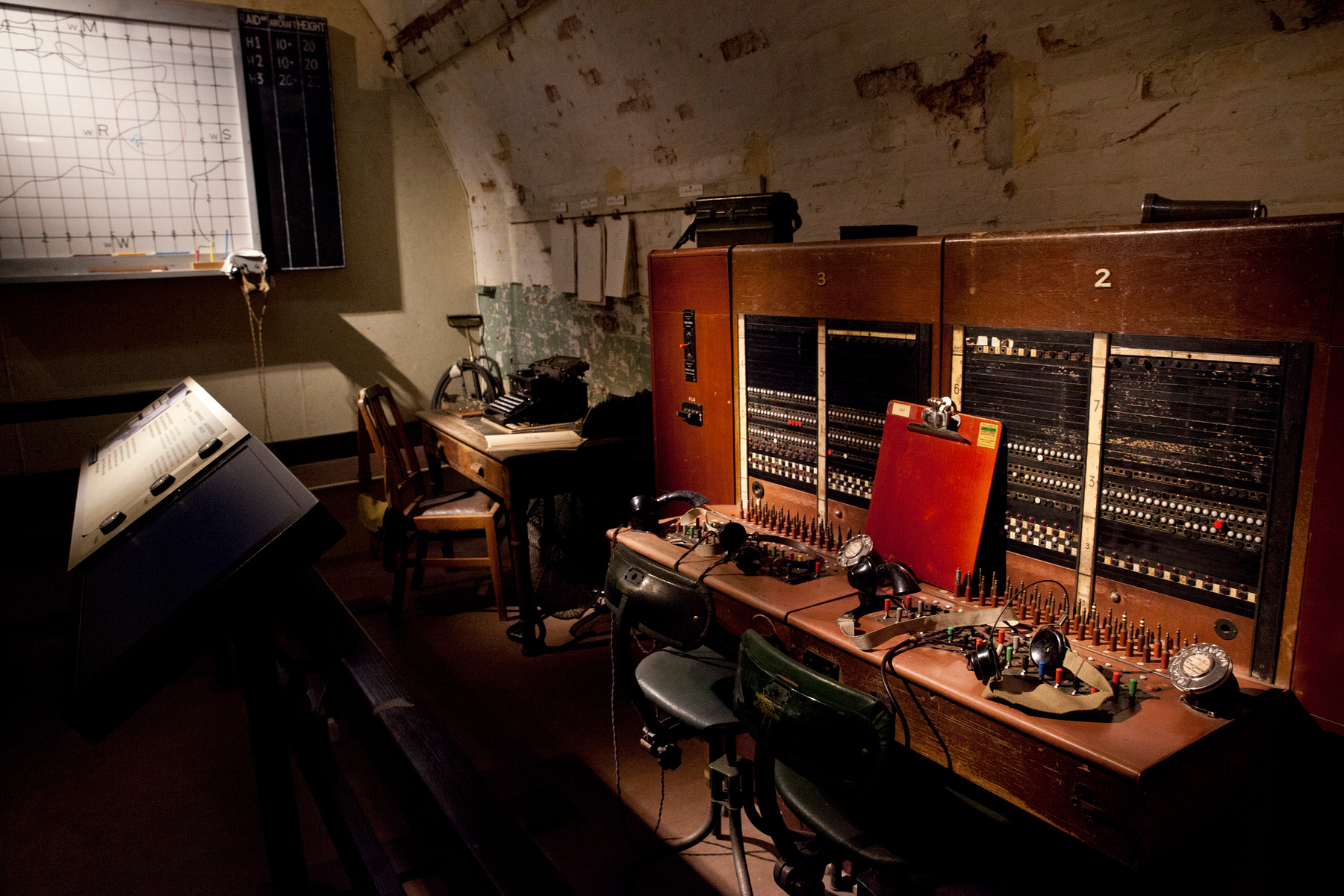
We will not be starved into submission during the First World War
During the First World War, Dover became a key fortress being so close to the continent where the war was raging, the centuries-old castle was on the front-line of Britain’s defence. Dover was one of the key ports on the south coast that troops were going backwards and forwards to. It was where supplies were being dispatched form and where wounded men were returning to.
The castle was the base of a Royal Navy task force called the Dover patrol, which was tasked with keeping the strait clear of war ships and submarines that were waging economic warfare, attempting to sink British merchant ship and starve us into submission.
History would repeat itself just over twenty years later. According to Paul: “And then the same thing happens in the Second World War, there's a war raging on the other side of the channel. And for a number of years after 1940, England is effectively virtually on the front line.
“The Germans are on the French and Belgian coast. And we have to fortify the south coast, both in terms of artillery and infantry, hard defences, and naval defensiveness. And Dover becomes an important focus at that time. It happens time and time again.”
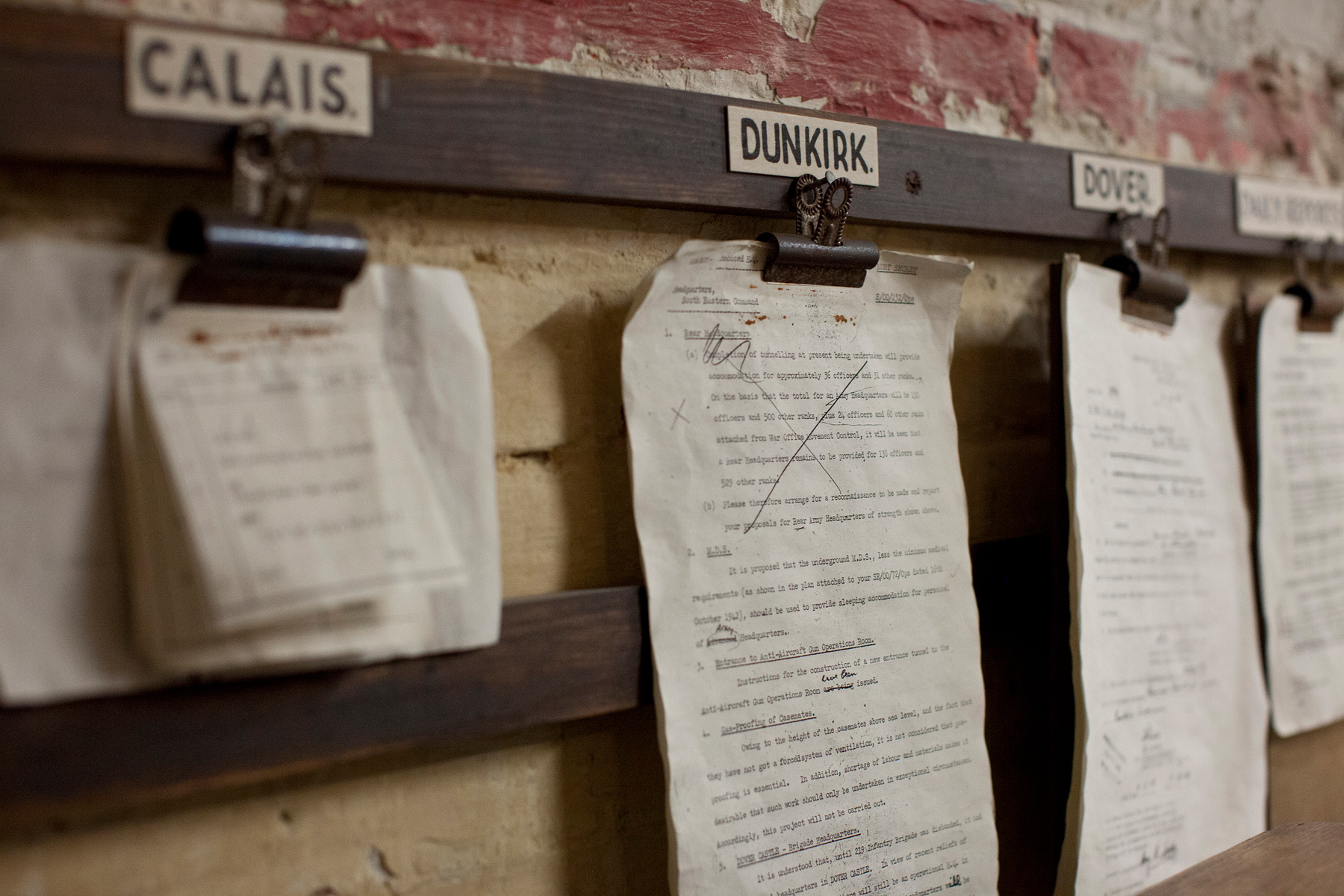
Operation Dynamo and Nuclear Cold War Castle
Dover Castle was one of three combined military headquarters during the Second World War. Deep down underneath the castle on three different levels of tunnels the Army, RAF and Royal Navy came together to plan the takeback of Europe. Operation Dynamo which saw British and allied troops evacuated from Dunkirk was also planned and executed from the tunnels underneath Dover Castle.
During the Cold War, those same tunnels were turned into one of 12 regional seats of government where local leaders would be evacuated to in case of a nuclear attack. A BBC radio station was also set up in the event that the cold war ever became hot and broadcasting had to be done from underground. This top-secret operation became unclassified in 1982 and the tunnels were officially decommissioned.
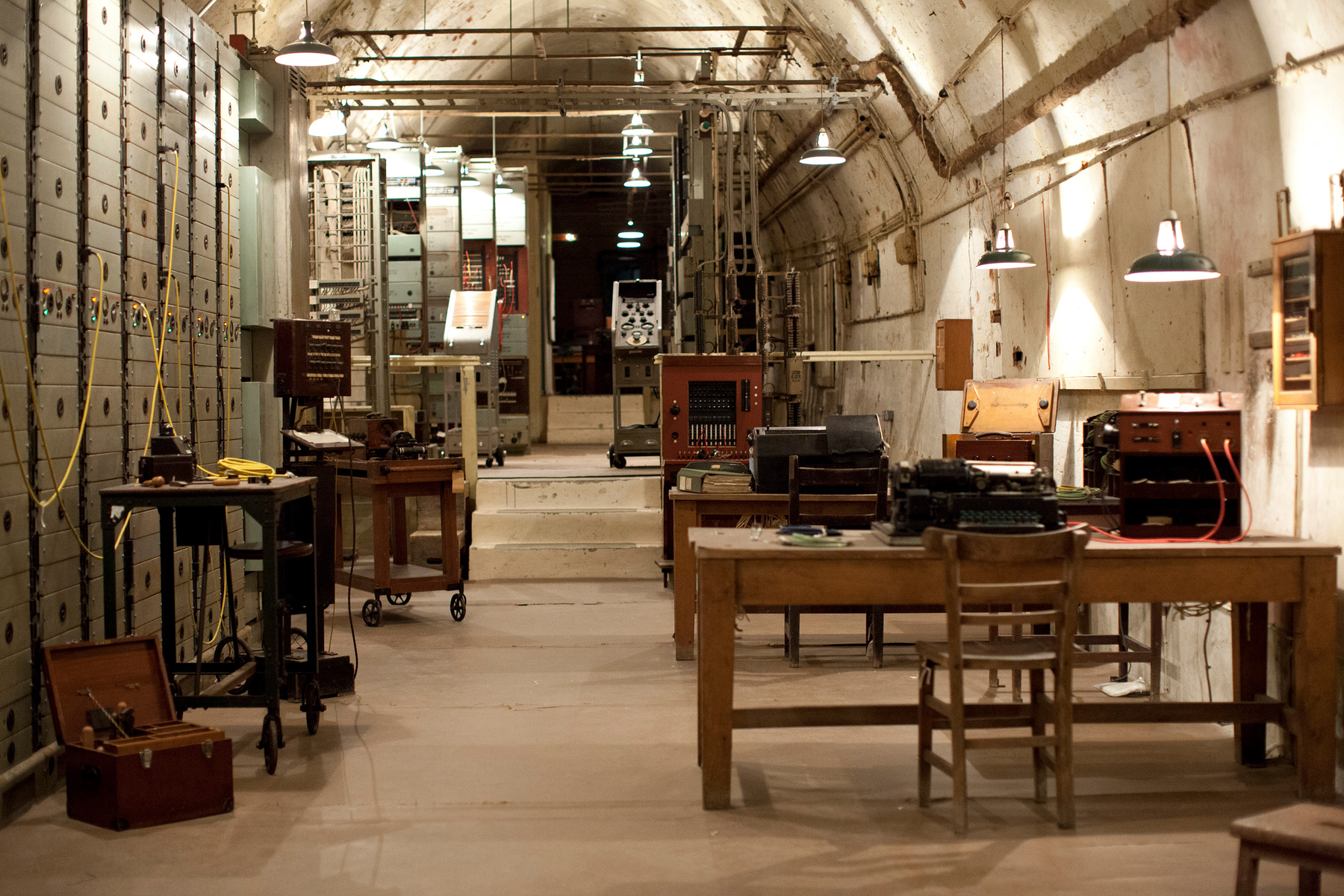
Centuries-old military traditions survive until this day
The military maintains a close connection to Dover Castle. Brigadier Peter Rowell MBE is the 215th Deputy Constable of Dover Castle – a proud tradition that has started in the medieval ages and survives until this day.
Since 1868 the office of Deputy Constable has been held, ex-officio, by the officer commanding the local infantry brigade. The Deputy Constable lived in Constable’s Tower in Dover Castle until 2015. However, due to a reorganisation of the Army the previous year, there is no longer an infantry brigade with its headquarters in Kent or Sussex.
Keen to keep a proud tradition alive, the office of Deputy Constable was transferred to the Commandant of the Royal School of Military Engineering. Although Peter Rowell does not live in the castle-like his predecessors did, Constable’s Tower is still in use by the military for several social and ceremonial occasions throughout the year.
Upon visiting the castle one can enjoy a delicious lunch at NAAFI Restaurant, after having visited the fascinating military museum of the Princes of Wales Royal Regiment and Queen's Regiment that is within the castle’s inner bailey.
Also, on the grounds of the castle in the 1000-year-old St Mary’s church which until recently has been the local garrison church. The place of worship has not forgotten its history and according to the church’s website “it still keeps a military ethos.”
Bearing in mind that the nuclear history of the castle was kept secret until 1982, perhaps there is still more that we do not know about its current military use. One thing is for sure that as long as the castle stands, it will never cease its strategic importance.
During these peaceful times, it is more of a jewel in the arsenal of the English Heritage, rather than a shield and sword of the British Armed Forces.









